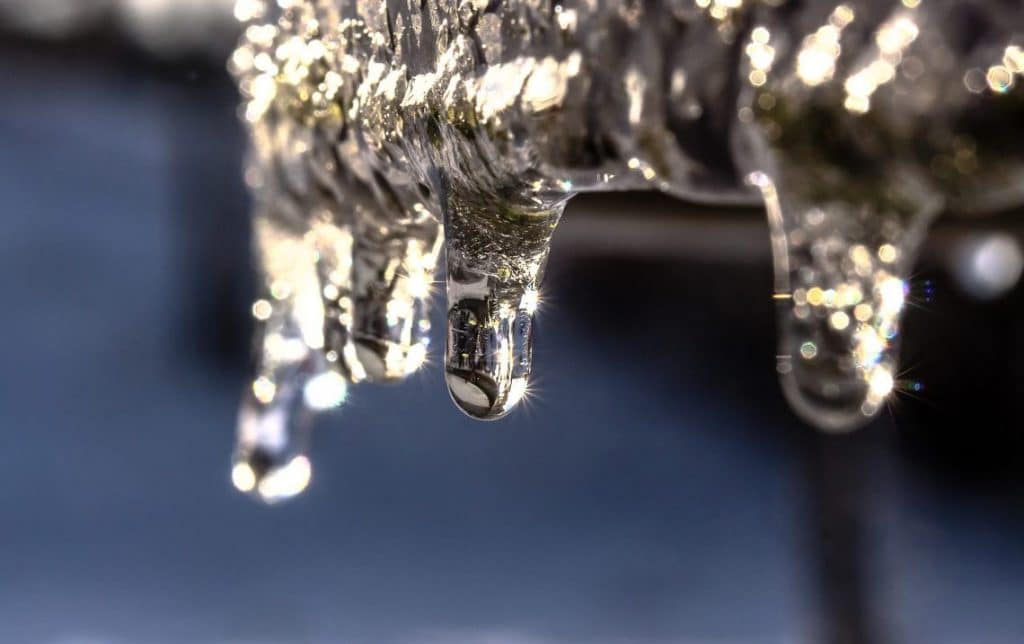Prevent Frozen Pipes in Winter: Expert Strategies
Prevent Frozen Pipes in Winter: Expert Strategies
Blog Article
The author is making several good observations on the subject of 6 Ways to Prevent Frozen Pipes as a whole in the article underneath.

Cold weather can ruin your plumbing, specifically by freezing pipes. Right here's how to avoid it from taking place and what to do if it does.
Introduction
As temperatures decline, the risk of icy pipelines rises, possibly leading to costly repair work and water damage. Comprehending exactly how to prevent icy pipelines is critical for home owners in chilly climates.
Understanding Icy Pipelines
What triggers pipes to freeze?
Pipes freeze when exposed to temperatures listed below 32 ° F (0 ° C) for expanded periods. As water inside the pipes ices up, it broadens, taxing the pipeline walls and possibly causing them to break.
Dangers and problems
Frozen pipelines can result in water supply interruptions, residential property damage, and costly fixings. Burst pipes can flooding homes and create comprehensive architectural damages.
Indicators of Frozen Pipeline
Determining icy pipelines early can stop them from breaking.
How to identify frozen pipes
Search for reduced water flow from faucets, unusual odors or noises from pipes, and noticeable frost on revealed pipelines.
Avoidance Tips
Protecting prone pipelines
Cover pipes in insulation sleeves or utilize warmth tape to shield them from freezing temperature levels. Focus on pipes in unheated or exterior locations of the home.
Heating strategies
Maintain interior spaces properly warmed, especially areas with plumbing. Open cupboard doors to enable warm air to flow around pipes under sinks.
Shielding Outdoor Pipes
Garden pipes and outside taps
Disconnect and drain yard hoses before wintertime. Mount frost-proof spigots or cover outside taps with shielded caps.
What to Do If Your Pipelines Freeze
Immediate activities to take
If you suspect frozen pipes, keep faucets available to soothe stress as the ice thaws. Make use of a hairdryer or towels taken in warm water to thaw pipelines gradually.
Long-Term Solutions
Architectural modifications
Take into consideration rerouting pipelines far from outside walls or unheated areas. Include added insulation to attic rooms, basements, and crawl spaces.
Updating insulation
Buy high-quality insulation for pipelines, attics, and walls. Correct insulation assists maintain constant temperatures and lowers the risk of frozen pipes.
Final thought
Avoiding icy pipelines requires proactive steps and quick feedbacks. By understanding the causes, signs, and preventive measures, home owners can protect their plumbing during cold weather.
5 Ways to Prevent Frozen Pipes
Drain Outdoor Faucets and Disconnect Hoses
First, close the shut-off valve that controls the flow of water in the pipe to your outdoor faucet. Then, head outside to disconnect and drain your hose and open the outdoor faucet to allow the water to completely drain out of the line. Turn off the faucet when done. Finally, head back to the shut-off valve and drain the remaining water inside the pipe into a bucket or container. Additionally, if you have a home irrigation system, you should consider hiring an expert to clear the system of water each year.
Insulate Pipes
One of the best and most cost-effective methods for preventing frozen water pipes is to wrap your pipes with insulation. This is especially important for areas in your home that aren’t exposed to heat, such as an attic. We suggest using foam sleeves, which can typically be found at your local hardware store.
Keep Heat Running at 65
Your pipes are located inside your walls, and the temperature there is much colder than the rest of the house. To prevent your pipes from freezing, The Insurance Information Institute suggests that you keep your home heated to at least 65 degrees, even when traveling. You may want to invest in smart devices that can keep an eye on the temperature in your home while you’re away.
Leave Water Dripping
Moving water — even a small trickle — can prevent ice from forming inside your pipes. When freezing temps are imminent, start a drip of water from all faucets that serve exposed pipes. Leaving a few faucets running will also help relieve pressure inside the pipes and help prevent a rupture if the water inside freezes.
Open Cupboard Doors
Warm your kitchen and bathroom pipes by opening cupboards and vanities. You should also leave your interior doors ajar to help warm air circulate evenly throughout your home.

I stumbled upon that entry about Helpful Tips to Prevent Frozen Pipes this Winter while looking around the internet. Remember to pause to distribute this blog entry if you enjoyed it. Thanks so much for your time invested reading it.
Call Today Report this page